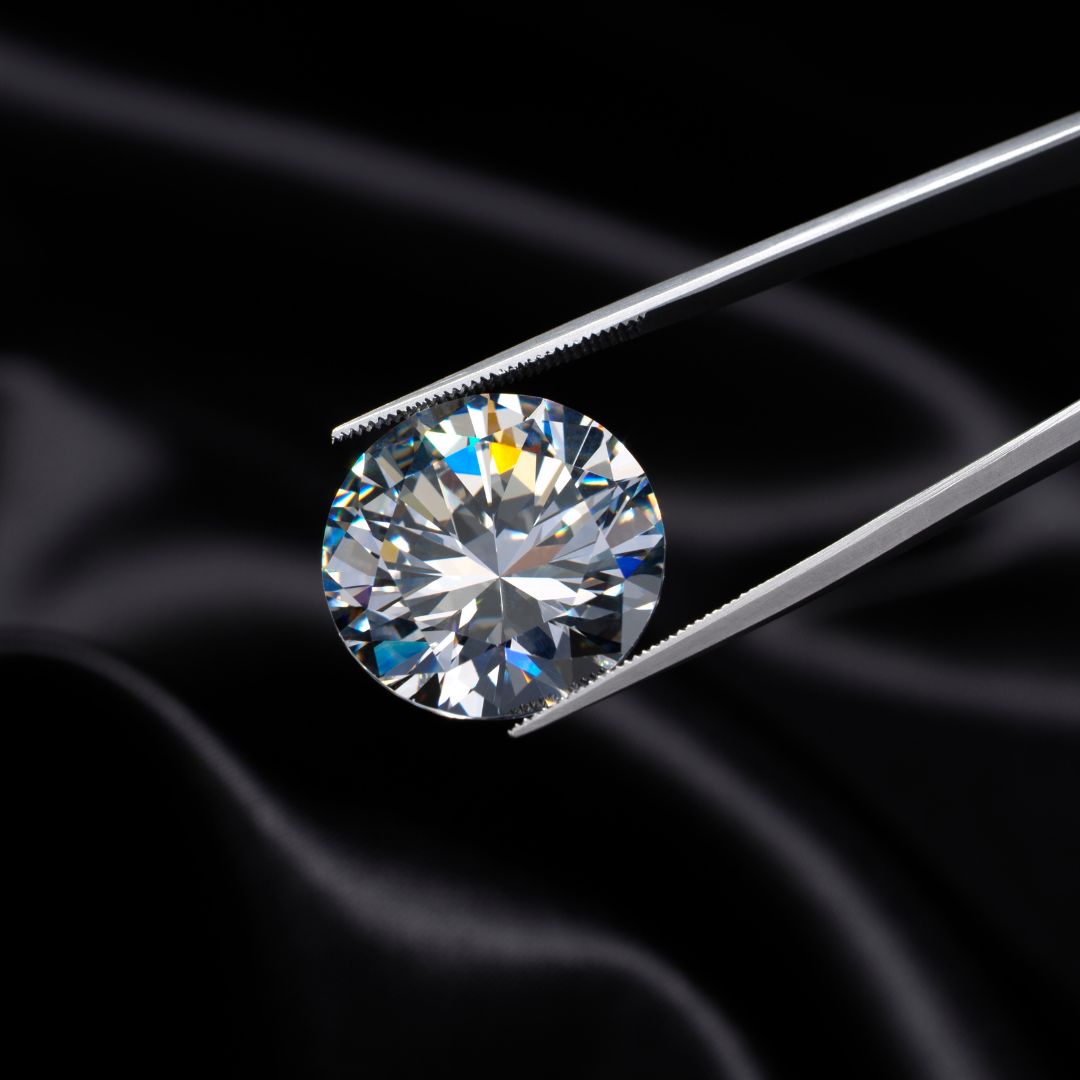Whether a natural or lab-grown diamond is "better" depends on your personal preferences and priorities. Both types of diamonds have their own advantages and disadvantages and Roman Jewelers' Diamond Experts are more than happy to let you shop both and decide which you prefer. Regardless of your choice, your diamond buying experience should be a happy and fun experience that you both enjoy. Here's a look at both Natural and Lab-Grown Diamonds:
Natural diamonds:
Advantages:
- Rarity & Uniqueness: Natural diamonds are formed over millions of years deep beneath the earth's surface, and their rarity makes them special and unique, One of a kind.
- Traditional value: Natural diamonds have long been associated with love, commitment, and tradition, and many people value the emotional significance of a natural diamond engagement ring.
- Resale value: Natural diamonds generally hold their value over time, and some diamonds may even increase in value as they age.
Considerations:
- Cost: Natural diamonds are generally more expensive than lab-grown diamonds due to their rarity.
- Environmental: Mining for natural diamonds has some impact, but the same is true of Lab-Grown. Educate yourselves. For more information see this link: https://www.naturaldiamonds.com/sustainable-development/
Lab-grown diamonds:
Advantages:
- Cost: Lab-grown diamonds are generally less expensive than natural diamonds, making them a more affordable option for many consumers.
- Lab-grown diamonds are not mined, so this is a preference for some couples. More here: https://www.naturaldiamonds.com/industry-insights/
Considerations:
- Perceived value: Some people may not consider lab-grown diamonds to be as valuable or special as natural diamonds, which can be a concern for those who place a high value on tradition and emotional significance.
- Limited availability: While lab-grown diamonds are becoming more widely available, they are still less common than natural diamonds, which can limit options for those who want a specific size, shape, or color.
- Resale value: Lab-grown diamonds are a newer phenomenon, and it remains to be seen whether they will hold their value over time.
Ultimately, the decision to choose a natural or lab-grown diamond is a personal one, and you should choose the type of diamond that feels right for you based on your values, priorities, and budget and the type of experience you prefer.
FYIs on Grading of a Lab Grown Diamond:
The Gemological Institute of America (GIA) does grade lab-grown diamonds. In fact, the GIA has been at the forefront of creating a standardized system for grading lab-grown diamonds, which includes the same 4Cs (cut, clarity, color, and carat weight) used for grading natural diamonds.
The GIA's grading reports for lab-grown diamonds are similar to those for natural diamonds, and they provide consumers with important information about the quality and characteristics of the diamond they are purchasing. GIA grading reports for lab-grown diamonds include information about the diamond's origin (whether it is natural or lab-grown), as well as detailed information about the diamond's 4Cs and other factors, such as fluorescence and polish.
If you're considering purchasing a lab-grown diamond, it's important to ensure that it has been graded by a reputable organization like the GIA to ensure that you are getting a quality diamond, and work with a jeweler you know and like.

